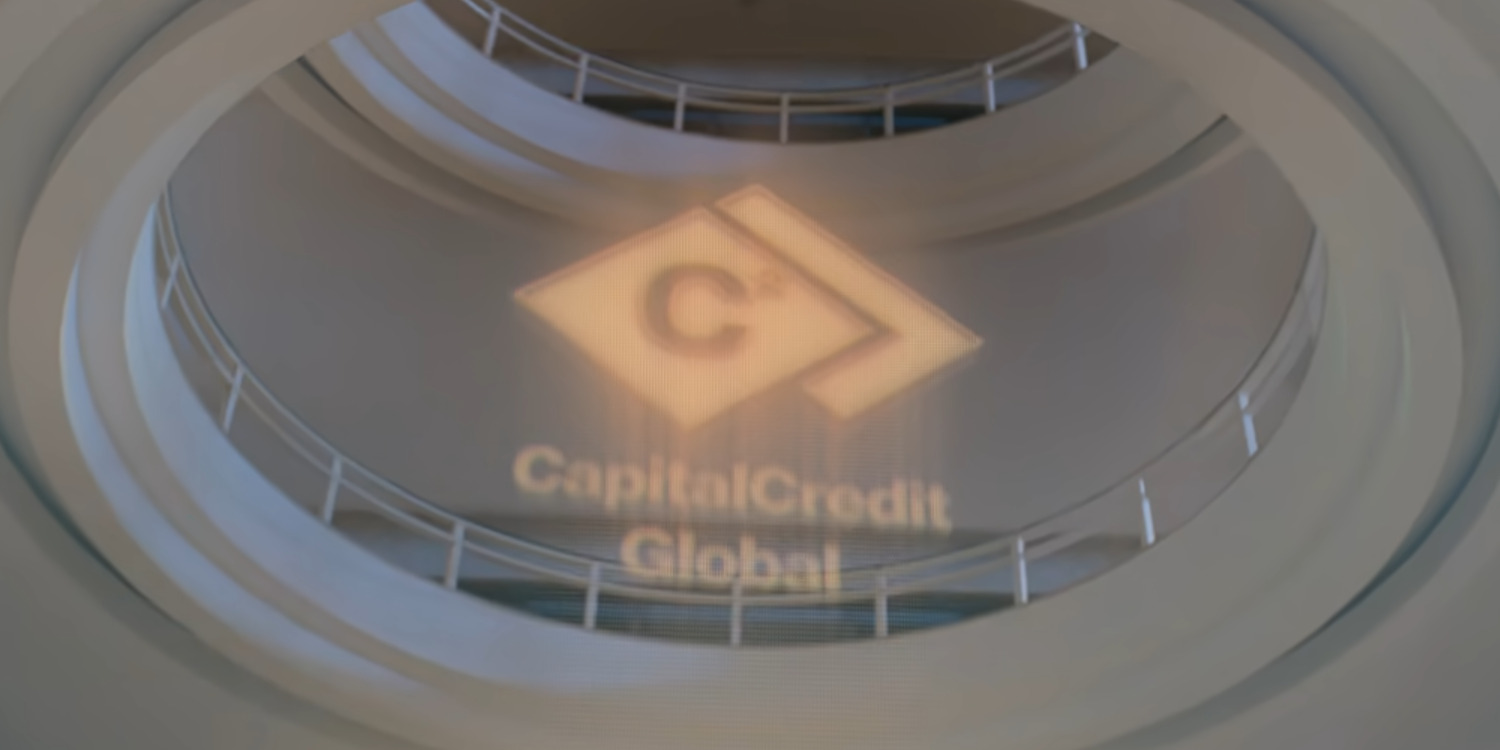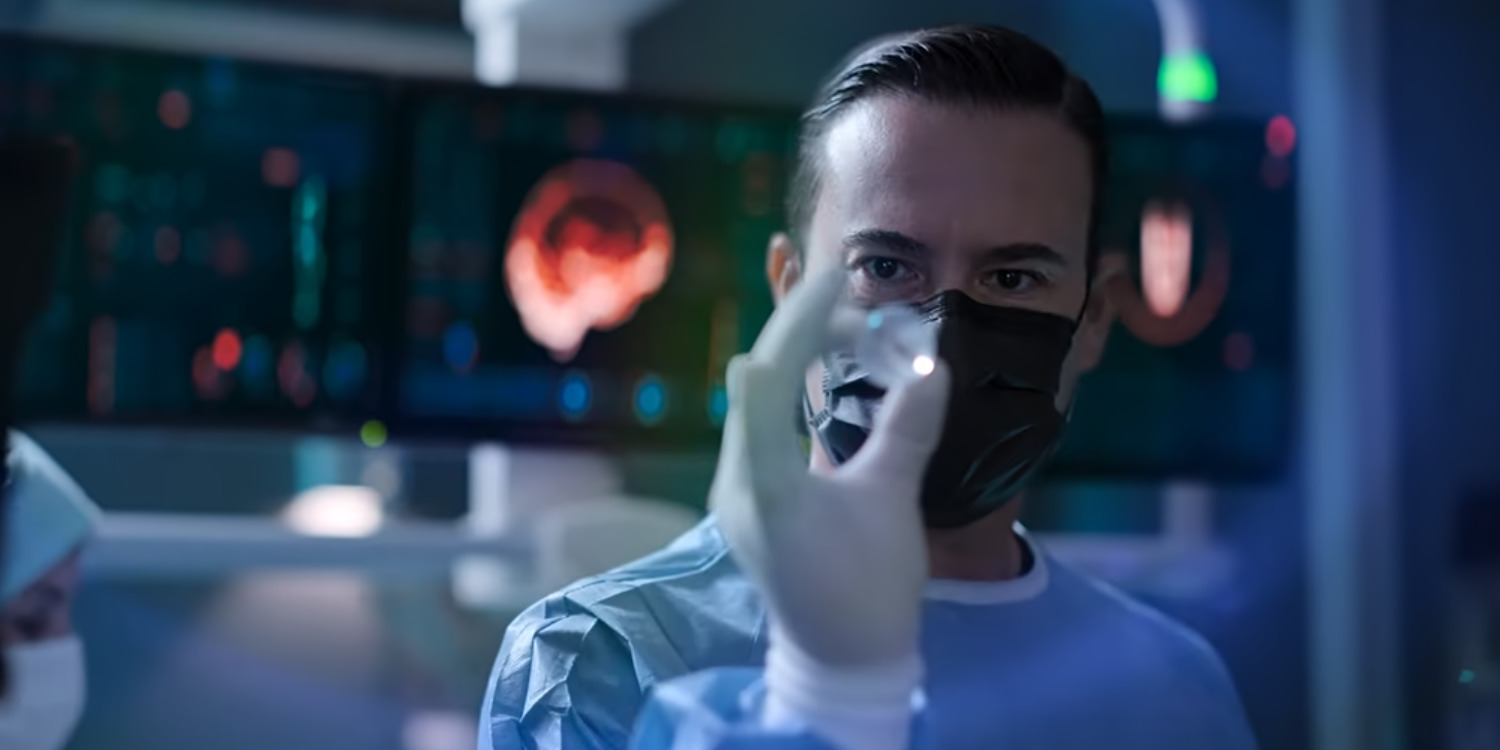The Portuguese science fiction film, ‘Bionic’ follows a futuristic society wherein Paralympic athletes have overtaken the world of sports due to their technologically enhanced athletic skills. Within this advanced society, a unique conflict resides between two sisters, Maria, who lost her promising sports career with the bionic revolution, and Gabi, who gained international prominence as an athlete with an advanced prosthetic leg. Consequently, the animosity between the two sisters leads Maria down inadvisable paths as she forays into the world of crime to secure her ticket back into athletic success.
A significant part of Maria’s narrative emerges from her partnership with Heitor, who sports an agenda to turn his unconventional beliefs of non-bionic athlete rights into a reality through whatever means necessary. Consequently, NIM, the chip implant behind the start of the bionic revolution, and the Capital Credit Global Bank— the startling line of Heitor’s movement— become crucial parts of the story’s narrative.
The Fictional Elements That Create Bionic’s Futuristic World
As a work of science fiction, unfolding around a decade into the future, ‘Bionic’ retains a sense of fictionality throughout its narrative, transporting the viewers to a future where advanced prosthetics have revolutionized the sports world. As such, culture has swapped athletes like Maria, who compete with their natural strength and limitations, for individuals like her sister, Gabi, who utilize prostheses to perform previously impossible feats. Thus, the NIM chip remains the instrumental tool in creating the fictionalized future showcased within the film.

The NIM chip works as a bridge between the user’s brain and their prosthetic body part. The advanced technology within the chip allows it to capture the impulses sent by the brain’s motor cortex for every minuscule nuance. From there, the chip transmits this information to the prosthetic with complete precision at such a fast pace that it allows the prosthetic to act like a flesh-and-boned body part. However, for the same reason, the interface between the prosthetic and one’s mind remains delicate, proposing the possibility of a malfunction due to emotional turmoil that is capable of sending the user into a coma.
As such, the NIM chip remains a source of wonder within the imaginative story while also proposing restrictions for the character. Therefore, the NIM technology presents an incredible tool within the sci-fi tale, albeit one without any tangible roots in reality. As of now, most commonly-prevalent prosthetics have no direct connection to the brain with a chip implant. Instead, a regular prosthetic reacts to the residual limb’s muscle impulses. Although a microchip brain implant would drastically improve the current prosthetic technology, such broad advancements haven’t been made for public use yet. Therefore, the NIM chip remains a compelling but fictional worldbuilding tool confined to the film.

Likewise, Capital Credit Global, which becomes the location for the story’s opening sequence as Heitor and his brother rob the bank, remains another fictionalized worldbuilding tool. Within the futuristic world of ‘Bionic,’ the establishment presents a charmingly analog bank locker for its clients to store their physical valuables. The location sets up the conflicted villainous nature of Heitor’s movement, setting the tone for the character’s progression through the story. Ultimately, while invaluable additions to the film, both the NIM chip technology and the Capital Credit Global Bank lack a basis in reality, further affirming the film’s sci-fi genre.
Read More: Jason Brooks’ ‘The Death of Snow White’ Begins Filming in Seattle in July


